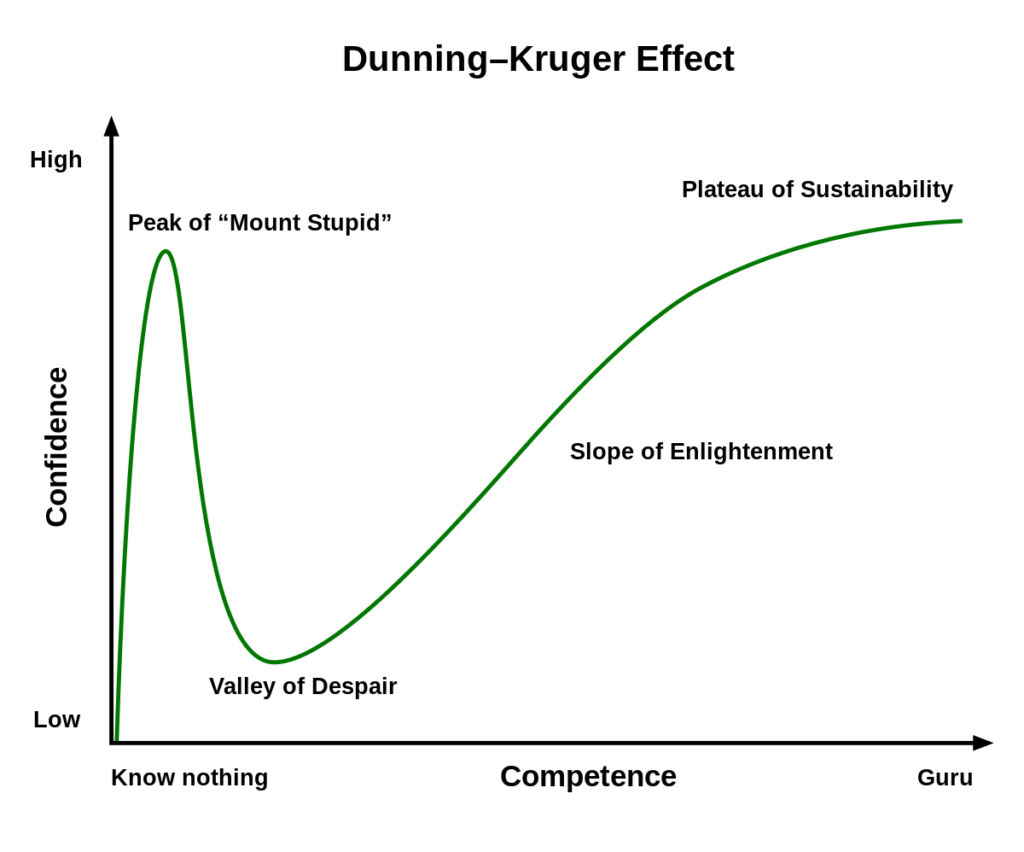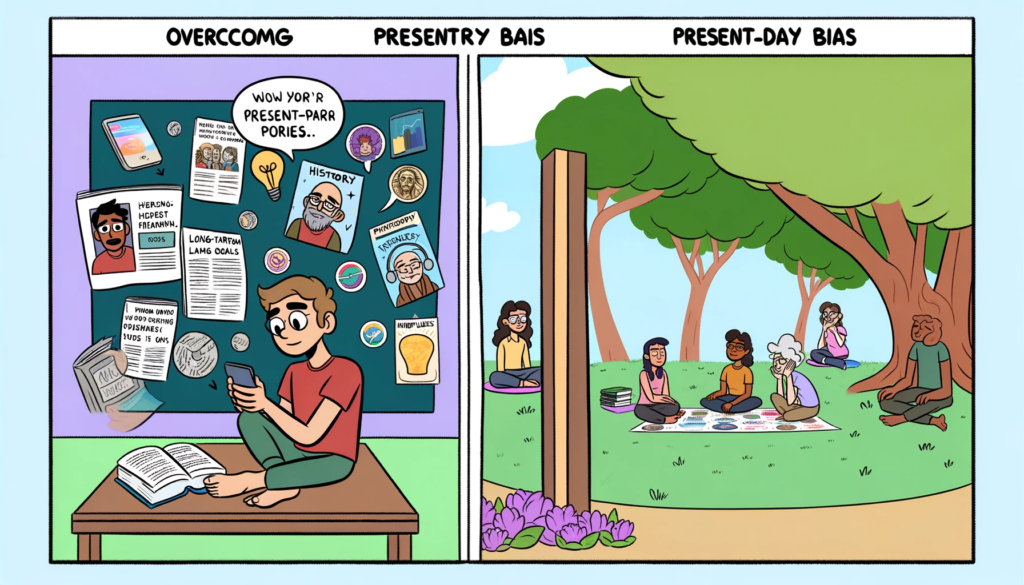
Based on
In a thought-provoking discourse, Martin Lewis sheds light on the foundational elements of success. His insights, distilled from personal experience and observation, outline a framework not just for aspiring to succeed but for reevaluating what success truly means to each of us. Here’s a deeper dive into Lewis’s four pillars of success: talent, hard work, focus, and luck, and the nuanced perspective he offers on balancing success with personal happiness.
1. Talent: The Starting Point
Lewis begins with talent, acknowledging it as the first prerequisite for success. This innate or cultivated ability sets the foundation for achievement in any field. However, talent alone isn’t enough. The world is teeming with talented individuals in various domains, not just in academia or intellectual pursuits. What then, makes the difference? Lewis prompts us to consider that talent needs to be recognized, nurtured, and, most importantly, paired with the other elements of success.
2. Hard Work: The Differentiator
The willingness to put in more hours, to strive harder and longer than others, is often what differentiates the successful from the talented masses. Lewis’s own testament to working 90 hours a week for a decade underlines the sheer commitment required to achieve extraordinary levels of success. Yet, he introduces a critical interrogation of this pursuit: Is the vocational pinnacle of success worth the sacrifice? This reflection on hard work versus personal happiness and life satisfaction is a pivotal moment in his discourse, encouraging us to weigh our definitions of success against what truly makes us happy.
3. Focus: The Narrow Path to Excellence
Focus demands a narrowing of vision—choosing a path and excelling within its confines. Lewis underscores the importance of being the best in a specific domain. The broader your scope, the harder it becomes to stand out. This precision of purpose and clarity of goal-setting is what can drive an individual from being merely talented or hardworking to being truly exceptional.
4. Luck: The Uncontrollable Variable
Finally, Lewis introduces luck as the unpredictable factor that can sway outcomes despite one’s talent, hard work, and focus. The acknowledgment of luck as a critical component of success is humbling, serving as a reminder that failure is not always within our control. Lewis’s perspective on luck and failure offers a grounding counterbalance to the narrative of success being solely a product of effort and determination. It’s a call to resilience, encouraging us not to despair in the face of setbacks but to view them as part of the journey.
Success vs. Happiness: A Deliberate Choice
In intertwining the pursuit of success with the pursuit of happiness, Lewis challenges us to think deeply about what we truly seek from our lives. The implicit question throughout his talk is whether the traditional markers of success—wealth, recognition, professional achievement—are worth the sacrifices they demand.
This reflection isn’t meant to dissuade from ambition but to ensure that our ambitions align with our values and visions for a fulfilling life. Success, in Lewis’s discourse, is not a one-size-fits-all destination but a personal journey that balances achievement with contentment.
Conclusion
Martin Lewis’s discourse on success is a powerful reminder that while talent, hard work, and focus are within our control, luck plays a significant role in our achievements. More importantly, his insights prompt a deeper contemplation of what it means to be successful and how this pursuit aligns with our overall happiness and life satisfaction. As we navigate our paths, let Lewis’s reflections guide us not only towards achieving our goals but in making choices that bring us joy, fulfillment, and a sense of purpose.




